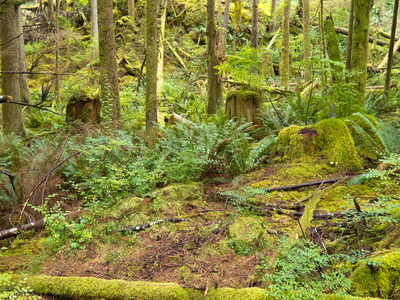Secondary succession as Clements has defined as “the redevelopment of plant cover after partial denudation of vegetated sites.” Because many underling plants are still present and because there is much more nutrients in the soil composed to that of barren land. Secondary succession appears to be far more rapid (Burrows,p 298-305, Process of Vegetation Change, London,1980). There are many disasters that destroy forests. For example eastern North American forests are subjected to hurricanes. Deciduous trees, especially oak are wind resistant. As a tree falls it leaves an unearthed hollow which is a good habitat for colonizers. Also many underling juveniles of which some get buried by forest debris though most survive (Burrows p318).
During a study in a Beech-Hemlock forest in New Hampshire which a hurricane destroyed in 1938. Four years after the storm the region was described as having juvenile beech and hemlock giving rise to tall saplings. Other species such as birch, cherry and maple grew where juveniles of the main tree were not very common. Thus with regard to wind storms juvenile trees are very important in the regeneration of a mature forest, although the juveniles must be able to adapt to shade if they are to survive (Burrows p318).
Greater abundance of traditional species do occur if a forest is clear cut. This is especially true if the clear cutting occurs at regular intervals. Clear cutting of a forest does result in even aged stand of all species whether they come into being by suppressed juveniles, seedlings or sprouts. In time however the fast growing shade intolerant species die and the main canopy has been taken over by species that are slow growing and shade tolerant.
